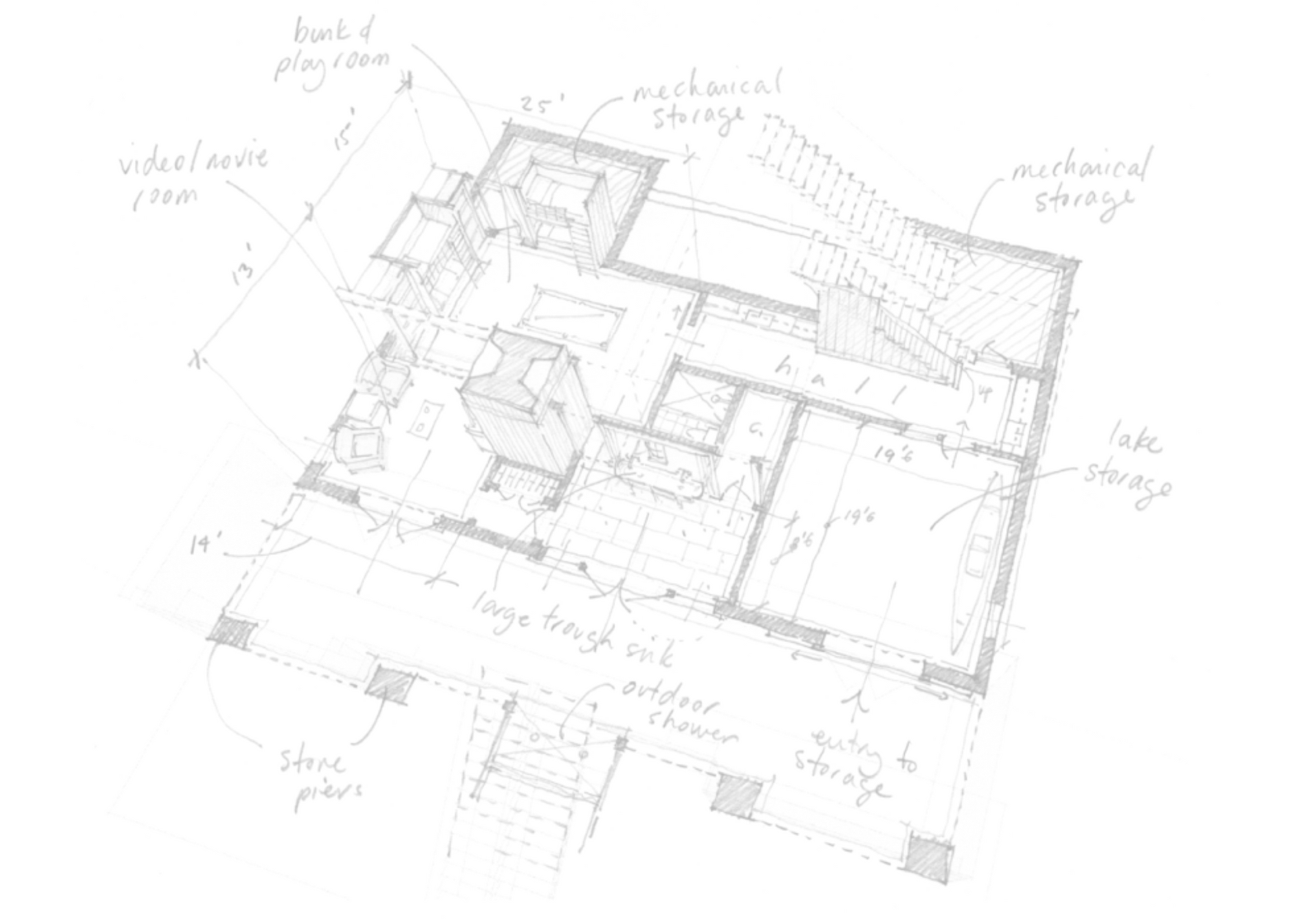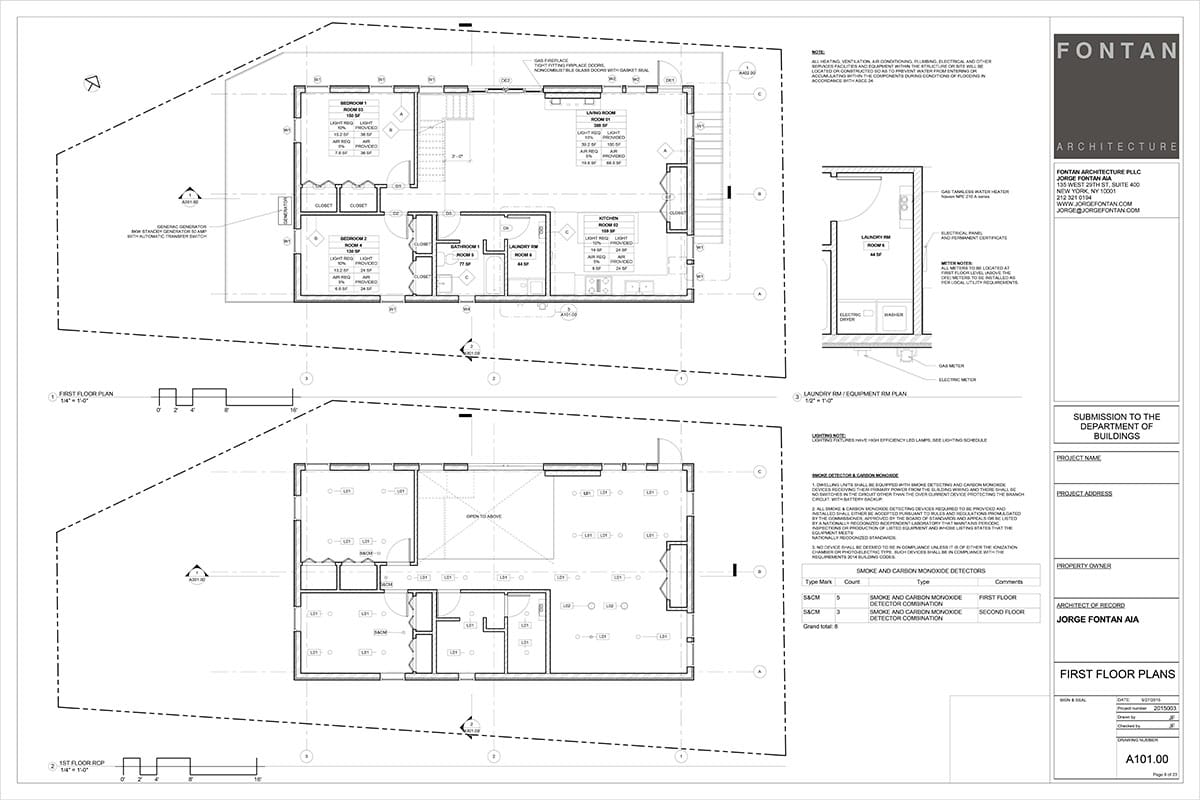How CDA Architects Integrate Eco-Friendly Practices in Architectural Projects
How CDA Architects Integrate Eco-Friendly Practices in Architectural Projects
Blog Article
A Comprehensive Overview of Building Designs and Their Impact on Modern City Preparation and Growth
Building designs have long served as a mirror to the societal worths and technical innovations of their time, playing a crucial role in forming modern-day city preparation and advancement. From the grandeur of Neoclassicism to the utilitarian approach of Brutalism, each design has actually introduced distinct concepts that affect city aesthetic appeals and performance. As contemporary challenges emerge, consisting of sustainability and neighborhood needs, understanding these historic frameworks comes to be essential. The resulting discussion not only informs future layout methods but likewise increases important questions concerning the balance between heritage and technology in our developing urban landscapes.
Historic Introduction of Building Styles
Throughout background, building styles have actually evolved in response to cultural, technological, and ecological factors. Each period shows the prevailing worths, ideas, and developments of its time, bring about an abundant tapestry of design that indicates human creative thinking and adaptation. The ancient people, such as the Egyptians and Greeks, developed foundational designs that stressed proportion and proportion, serving both useful and aesthetic purposes.
As cultures transitioned through the Center Ages, Gothic design emerged, defined by its verticality and complex detailing, mirroring the spiritual desires of the age. The Renaissance marked a rebirth of classical perfects, merging art and design in cutting-edge manner ins which influenced subsequent designs across Europe.
The Industrial Transformation introduced brand-new materials and building methods, motivating motions like Innovation, which tested traditional forms and accepted simpleness and capability. The 20th century saw a diversification of styles, with Postmodernism responding versus the stark minimalism of its predecessor, integrating historic recommendations and eclectic elements.
Today, architectural styles continue to evolve, driven by globalization and sustainability worries, reflecting a dynamic interplay between heritage and innovation. This historic summary highlights the significance of architecture as a mirror of societal advancement and as a driver for urban advancement.
Secret Architectural Styles Explained
The diversity of architectural designs reflects the myriad impacts that form our built setting, each symbolizing distinct features and social importances. Secret architectural designs include Classic, Gothic, Baroque, Innovation, and Postmodernism, each representing special historic contexts and visual ideologies.
Timeless style, rooted in ancient Greece and Rome, highlights symmetry, proportion, and the usage of columns. On the other hand, Gothic style, growing between Ages, is identified by pointed arches, ribbed safes, and flying buttresses, developing a heavenly high quality in basilicas. Baroque design, arising in the 17th century, is noted by splendour, intricate ornamentation, and a vibrant interplay of light and darkness.

Comprehending these styles gives understanding into the social narratives and technological developments of their particular periods, highlighting exactly how style offers not equally as a shelter, however as a representation of societal worths and ambitions.
Influence on Urban Preparation
In shaping the development of cities, building styles dramatically influence urban planning choices. The option of architectural design frequently dictates the appearances, capability, and general personality of city atmospheres.
Furthermore, building designs look at more info can influence zoning policies and land make use of policies. Urban coordinators have to consider the prevailing architectural trends when creating districts, making certain that new advancements integrate with existing structures. This factor to consider promotes cohesive city landscapes and enhances area identity.
The application of details building designs can also affect socioeconomic variables within a city. As an example, premium contemporary styles may draw in affluent citizens and companies, leading to gentrification, while more inexpensive housing services may prioritize sensible and sustainable styles to accommodate diverse populations. Inevitably, the interaction between architectural styles and urban preparation produces dynamic cities that reflect both historical context and modern needs, shaping the lived experiences of their occupants.
Sustainability and Modern Style
Architectural designs play a critical duty in dealing with contemporary challenges, especially in the world of sustainability. As urban areas increase and ecological worries magnify, modern-day design progressively embraces sustainable style principles that focus on energy performance, resource conservation, and very little environmental impact.
Contemporary building motions, such as biophilic style and green architecture, supporter for frameworks that integrate with their surroundings, making use of all-natural materials and promoting biodiversity - cda architects. These designs typically include renewable energy resources, such as solar panels and wind generators, to lower dependence on nonrenewable fuel sources and reduced carbon impacts
In addition, the integration of innovative modern technologies, such as smart building systems, improves power management, enhancing resource use while guaranteeing passenger comfort. Cutting-edge water administration methods, including rainwater harvesting and greywater recycling, further add to sustainable urban atmospheres.
Notably, sustainability expands past ecological problems; it encompasses social and financial dimensions too. By cultivating community wellness and read the full info here advertising inclusivity, modern building designs align with lasting growth objectives. Consequently, the advancement of building methods continues to form resilient cities that not only satisfy the requirements of today however additionally guard the future for generations to come.
Neighborhood Involvement in Style
Community engagement in design works as an important bridge in between designers and the populaces they offer, guaranteeing that the developed environment shows the requirements and desires of its users. This joint process invites area participants to add their insights and choices, cultivating a feeling of possession and duty toward the rooms they inhabit.
Reliable community interaction employs different methods, such as workshops, surveys, and public discussion forums, to gather diverse point of views (cda architects). These strategies facilitate a two-way discussion, allowing designers to recognize local contexts while empowering locals to articulate their issues and wishes. This inclusivity not just boosts the style top quality but likewise advertises social equity by attending to the distinct obstacles encountered by marginalized groups

Final Thought
Building designs have actually greatly affected contemporary city preparation and growth, mirroring developing social and technological contexts. The combination of historic visual appeals with contemporary needs fosters metropolitan atmospheres that focus on sustainability and neighborhood interaction. As cities proceed to grow and adjust, the recurring dialogue in between architectural heritage and modern design principles will certainly continue to be vital in developing inclusive, vibrant rooms that improve lifestyle and promote social equity. The future of metropolitan advancement rest description on this unified balance.
Report this page